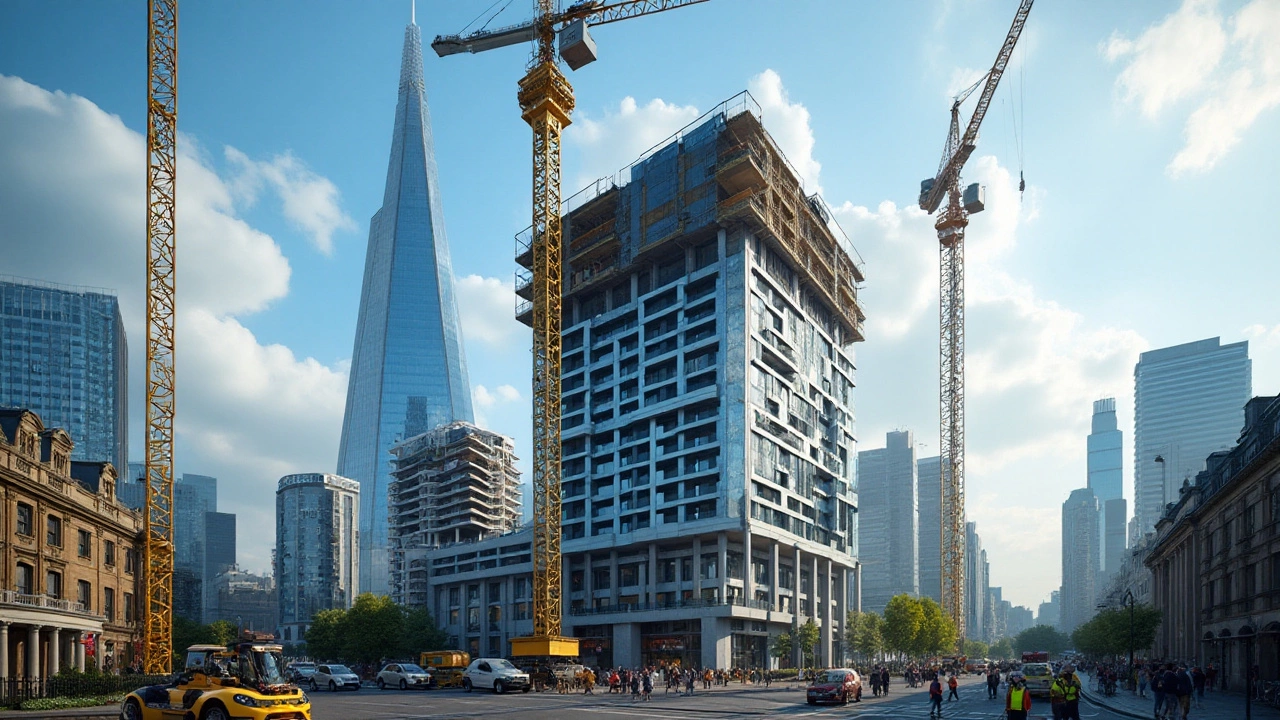Non‑Commercial Construction: What It Is and Why It Matters
When you hear the word “construction,” you might picture skyscrapers or shopping centres. Non‑commercial construction is anything built for personal, community, or public use that isn’t aimed at profit‑making businesses. Think of new homes, schools, roads, bridges, or a neighbour’s shed. It’s the work that shapes everyday life, and the basics are easier to understand than you think.
Key Types of Non‑Commercial Projects
First up, residential builds. Whether it’s a single‑family house, a flat block, or an extension, these projects focus on comfort, safety, and long‑term value. Next, civil construction – that’s the backbone of towns: roads, bridges, drainage, and utility networks. Even small‑scale projects like garden paths or local playgrounds fall under this umbrella. Each type follows similar steps: design, permits, foundation work, and the finish that makes it livable.
Choosing the Right Contractor
Picking who will actually do the work can feel overwhelming, but you don’t need a tier‑1 global firm for a garden shed. Look for a contractor who holds the proper licences, has a portfolio of similar non‑commercial jobs, and offers clear, written quotes. Ask about the raw materials they recommend – for foundations, the right cement mix can prevent costly cracks later. A good contractor will also guide you on budgeting, making sure you know where labour, materials, and unexpected issues fit into the total.
One practical tip: ask for references from recent homeowners or local councils. If they can show completed projects and explain how they handled things like foundation repair or utility coordination, you’re in safe hands. Remember, a solid foundation is the most cost‑effective insurance policy for any build.
Don’t forget compliance. While commercial licences aren’t needed for non‑commercial work, you still must meet building regulations, especially for structural elements, fire safety, and energy performance. A reputable builder will manage the paperwork and coordinate with inspectors so you don’t get stuck in red‑tape.
Budgeting often trips people up. Materials usually take up 50‑60% of the cost, so choosing the right concrete, timber, or insulation can save money without sacrificing quality. Labor costs vary by region, but getting a detailed breakdown helps you spot hidden fees before they appear on the final invoice.
Finally, keep communication open. Set milestones – like completing the foundation, framing, and roofing – and ask for progress photos. When you see each stage finish, you can adjust plans early rather than scrambling at the end.
Non‑commercial construction might sound technical, but with the right information and a trustworthy contractor, it becomes a straightforward path to the home or community space you want. Ready to start? Reach out to a local builder, ask the right questions, and watch your project move from plans to reality.


